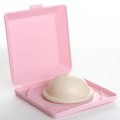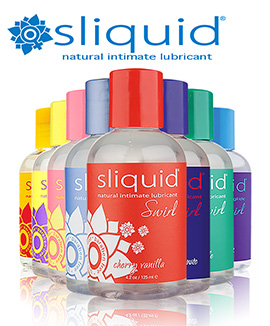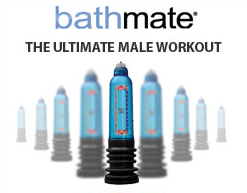As you all know I’m a big supporter of safe sex, the kind that leaves you free of worries about an unwanted pregnancy or possible transmission of an STI. As such, I hope this “beginners guide: condoms” post will give you further insight to the options available when it comes to safer sex practices and help you find a method of protection that’s right for you.
 What are Condoms?
What are Condoms?
Condoms are a flexible sleeve made of latex, lambskin, polyisoprene, or polyurethane, and are meant to be worn over the erect penis as means of a prevention against unintended pregnancies and/or to help stop the transmission of STI’s.
Readily available in different colors, textures, and flavours, condoms have come a long way since the days when they were made of sheeps intestines.
For those in need of a condom more specific to size, they also come in a small variety of options, from Snugger fit to Magnum. On average condoms are 7.5 inches long, 2 inches wide at the shaft and a little more than 2 inches wide at the head
Types of Condoms
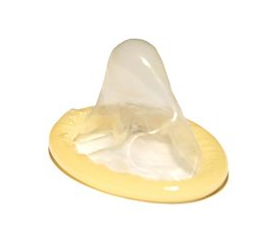 Latex: Latex condoms can only be used with water based lubricants, anything oil based like Vaseline, natural oils (almond, coconut etc), lubricants, or cold cream, will break down the latex causing it to tear or fall apart completely. If you find latex condoms leave you feeling sore, raw, red and rashy, itchy, or swollen, it may be due to an allergic reaction to latex (some people have them), in that case I’d suggest using polyurethane or sheepskin condoms instead.
Latex: Latex condoms can only be used with water based lubricants, anything oil based like Vaseline, natural oils (almond, coconut etc), lubricants, or cold cream, will break down the latex causing it to tear or fall apart completely. If you find latex condoms leave you feeling sore, raw, red and rashy, itchy, or swollen, it may be due to an allergic reaction to latex (some people have them), in that case I’d suggest using polyurethane or sheepskin condoms instead.
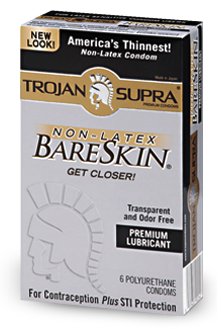 Polyurethane: Compared to latex condoms, polyurethane condoms are often the go-to material for those with latex allergies. They’re often thinner and stronger than latex, and have been found to be a little less constricting size wise. Polyurethane condoms also transfer heat much better than latex, which for some may make the experience more pleasurable.
Polyurethane: Compared to latex condoms, polyurethane condoms are often the go-to material for those with latex allergies. They’re often thinner and stronger than latex, and have been found to be a little less constricting size wise. Polyurethane condoms also transfer heat much better than latex, which for some may make the experience more pleasurable.
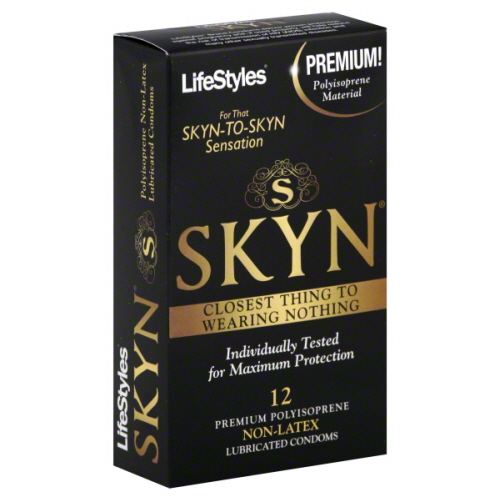 Polyisoprene: If latex and polyurethane condoms don’t work for you, polyisoprene may be the way to go. They tend have a softer, more natural feel, and will conform to skin in a similar way to latex. Since they’re the newest material on the market there aren’t too many manufacturers making them, with LifeStyles (SKYN) and Durex (Avanti Bare) brands being your only options.
Polyisoprene: If latex and polyurethane condoms don’t work for you, polyisoprene may be the way to go. They tend have a softer, more natural feel, and will conform to skin in a similar way to latex. Since they’re the newest material on the market there aren’t too many manufacturers making them, with LifeStyles (SKYN) and Durex (Avanti Bare) brands being your only options.
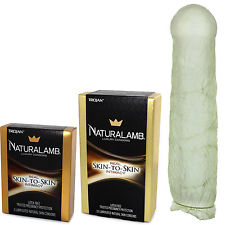 Lambskin: Lambskin condoms are made from the intestinal membrane of a lamb. Yes, you read that right, the intestinal membrane of a lamb. Due to small pores within the membrane, lambskin condoms are ineffective when it comes to protecting against viruses that cause STIs. Fortunately they do protect against pregnancy, since the pores are too small for sperm to pass through. It’s been said that they have a more “natural” feel (when compared to latex and polyurethane), in the case of polyisoprene they’re fairly similar.
Lambskin: Lambskin condoms are made from the intestinal membrane of a lamb. Yes, you read that right, the intestinal membrane of a lamb. Due to small pores within the membrane, lambskin condoms are ineffective when it comes to protecting against viruses that cause STIs. Fortunately they do protect against pregnancy, since the pores are too small for sperm to pass through. It’s been said that they have a more “natural” feel (when compared to latex and polyurethane), in the case of polyisoprene they’re fairly similar.
There’s also the female/internal condom; a sheath placed inside the vagina up to 8 hours before intercourse, designed to protect against STI’s and unintended pregnancies.
Lubrication on condoms also varies; some are not lubricated at all, some are lubricated with a silicone base, others have a water-based lubricant. The lubrication on condoms aims to make the condom easier to put on and more comfortable to use and can also help prevent condom breakage.
Ultimately, it’s up to you which type of condom you choose. Just remember, it’s important to always use either a male condom or female condom to avoid the possibility of transmitting and STI, as other methods of protection only offer protection against unintended pregnancies.
Sit back, relax, let me come to you. Sign up through the form below and have my posts sent straight to your inbox. Don’t worry, I promise not to spam you!
Go Back To Previous Sex Ed 102 Video Listing




